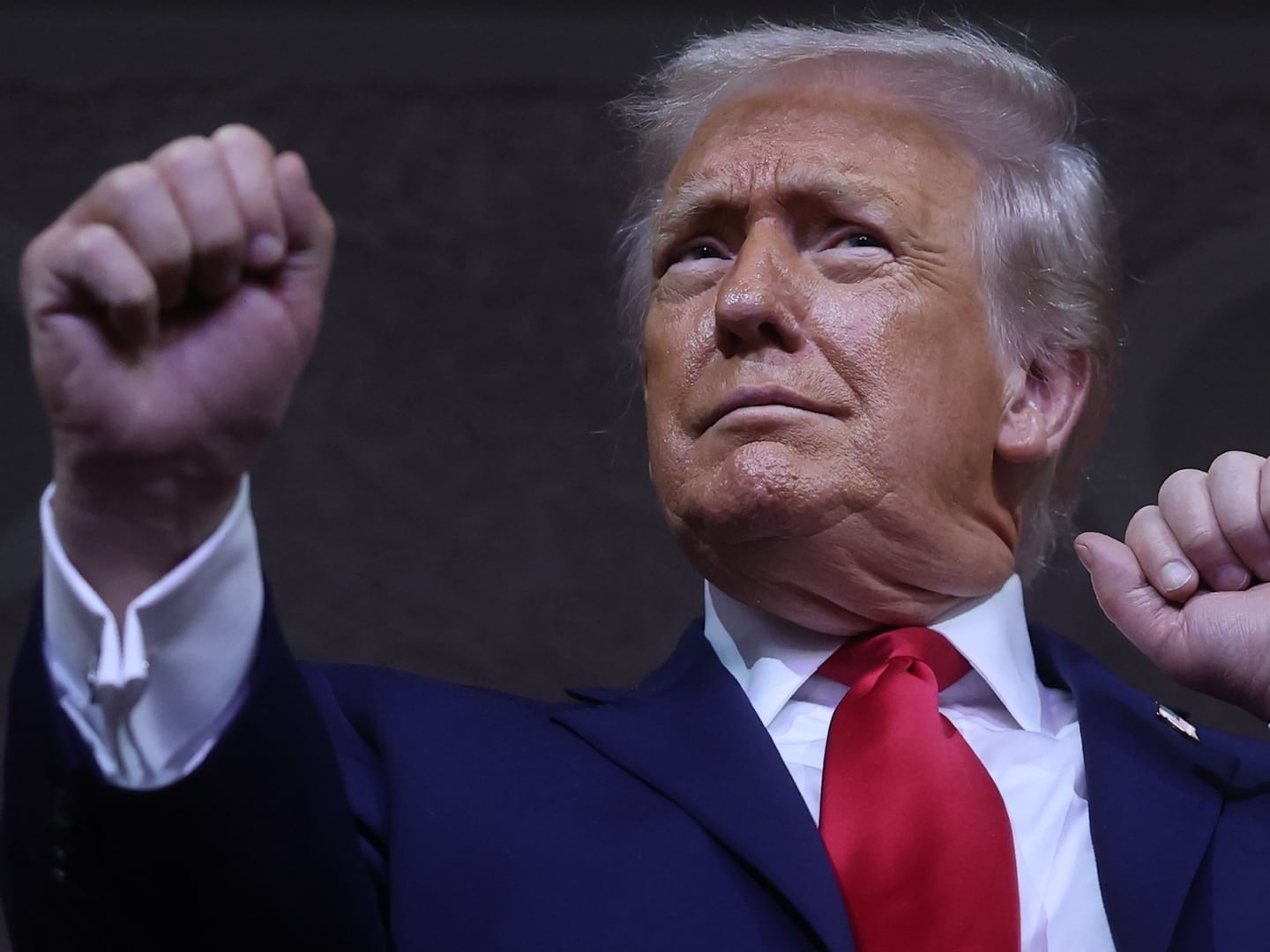When television twit Megyn Kelly declared that Santa Claus is white, she overlooked one of the many awards bestowed on Nelson Mandela in the years before his death.
That particular honor was being named the first International Santa Claus of the Year, bestowed on him 1995 by the leader of Greenland for his efforts on behalf of children.
“It is a great honor for me, as the first representative of the real Santa Claus, who we all know lives on the icecap in Greenland, to present this award to the southern part of this planet,” Greenland Prime Minister Lars Emil Johansen said when he announced the honor.
Johansen then unveiled a full-size statue of Mandela, minus a white beard but clad in the traditional red and white Santa Claus getup. The real-life Mandela already had a twinkle in his eye.
Having such a twinkle at Christmastime had been much more difficult in South Africa than it ever was at the North Pole. Mandela would recall that following his arrest in 1963 he was granted bail only to arrive home and discover that his wife, Evelyn, had left him, taking the children and everything else.
“I returned to an empty, silent house,” Mandela recalled in his autobiography. “She had even removed the curtains and for some reason I found this detail shattering.”
After the trial resumed in January, Mandela was convicted of high treason and sentenced to life. He was allowed to send a Christmas card each year, but unbeknownst to him he was not permitted to include a letter. One such letter, to his daughter Zindzi dated Dec. 9, 1979, was later found in the government archives, along with a note:
“The attached piece that prisoner Mandela included with his Christmas card will not be sent. The card will be sent. The prisoner has not been informed that this piece has been rejected. He does not have permission to include it with the card… Keep it in his file.”
After 27 years in prison, Mandela was freed. The same Christmas that the folks up by the North Pole declared him International Santa Claus of the Year, he began an annual ritual of personally distributing presents to children in his home village of Qunu. The number of kids grew every year, to 2,000 or more, likely a record for a Santa Claus of any persuasion.
In the aftermath of Mandela’s death, the brilliant Dr. Cornell West decried what he termed the Santa Claus-ification of Nelson Mandela.
“I mean, Nelson Mandela’s a spiritual giant, moral titan, and political revolutionary,” West declared. “We turned the revolutionary into an old man, a huggable old man with toys in a bag, smile on his face, no threat to anybody, domesticated, tamed, and no longer really full of the fire. But we know at 95, brother Nelson Mandela was still full of fire. He had that militant tenderness and subversive sweetness and radical gentleness tied to refusing to be fearful or intimidated in the face of a vicious white supremacist apartheid regime.”
In truth, Mandela was the one who would fill a bag with toys every Christmas. But he proved that this particular Santa Claus was far from losing his fire when he learned that adults were being served better food than the children at the huge feast that accompanied the annual gift-giving. He reacted with rare fury and, as The New York Times has reported, the children immediately became the ones to get the superior fare.
Maybe what the great man was doing was the Mandela-ification of Santa Claus.






